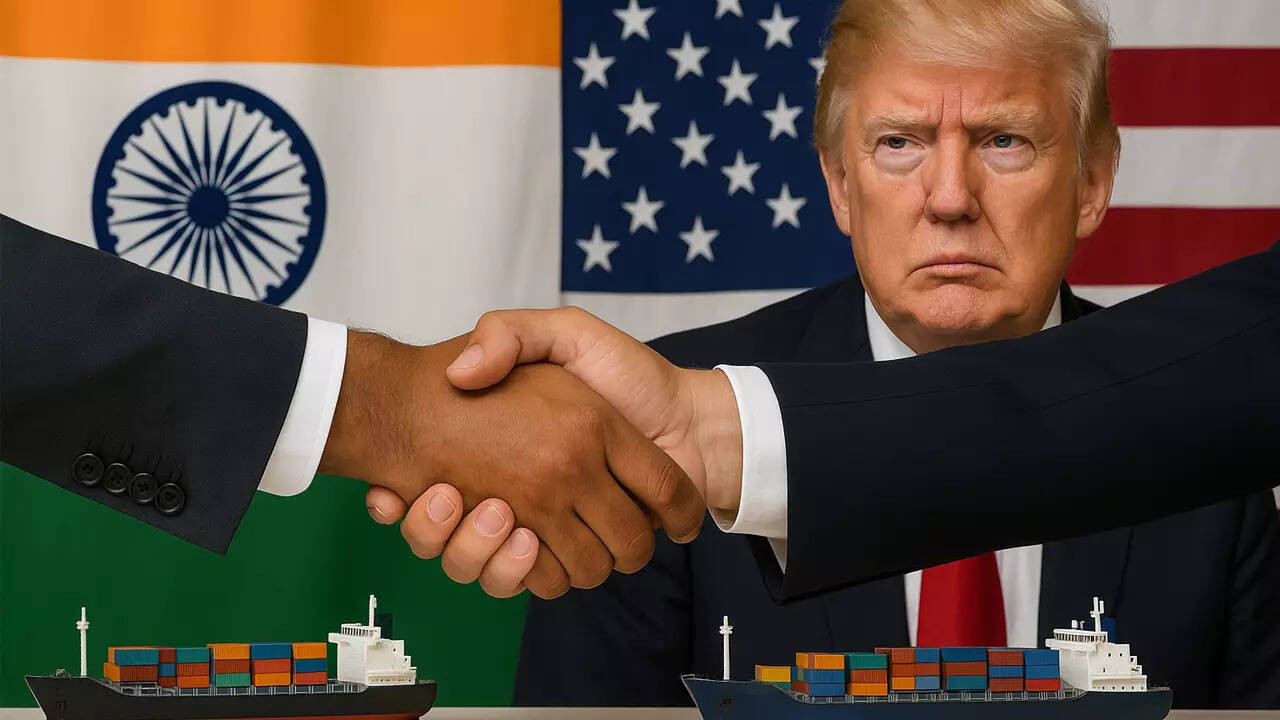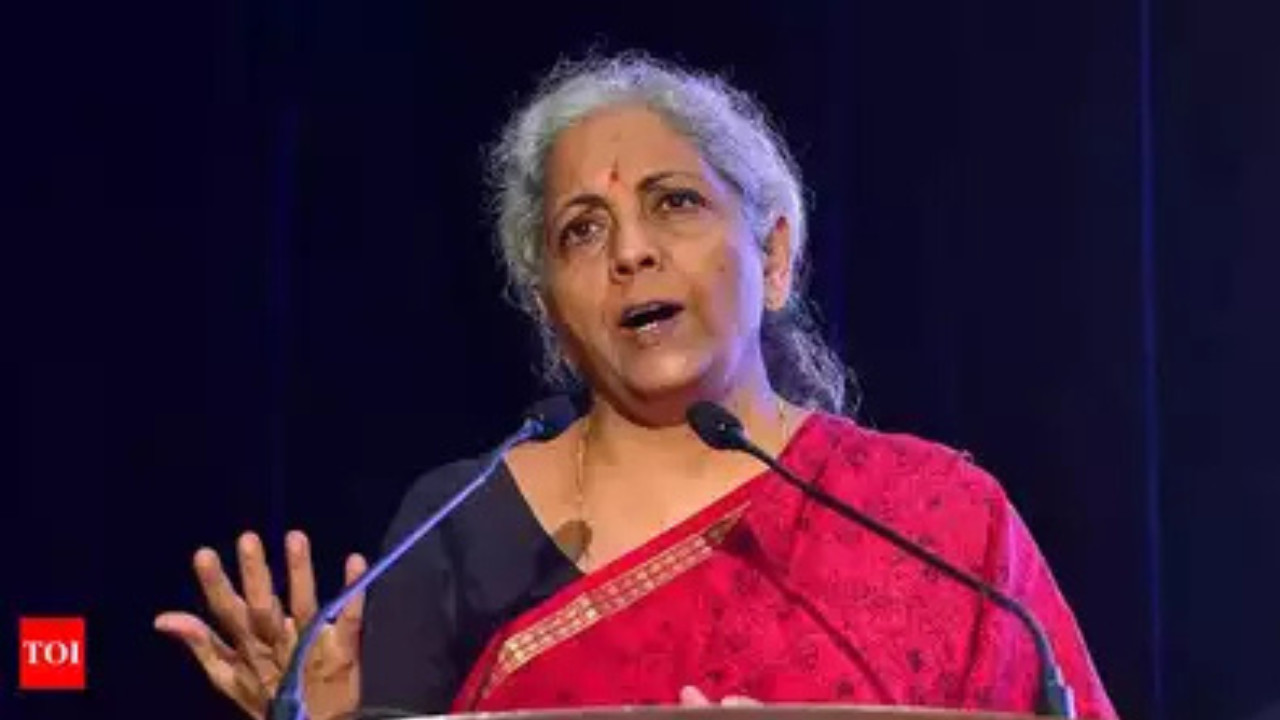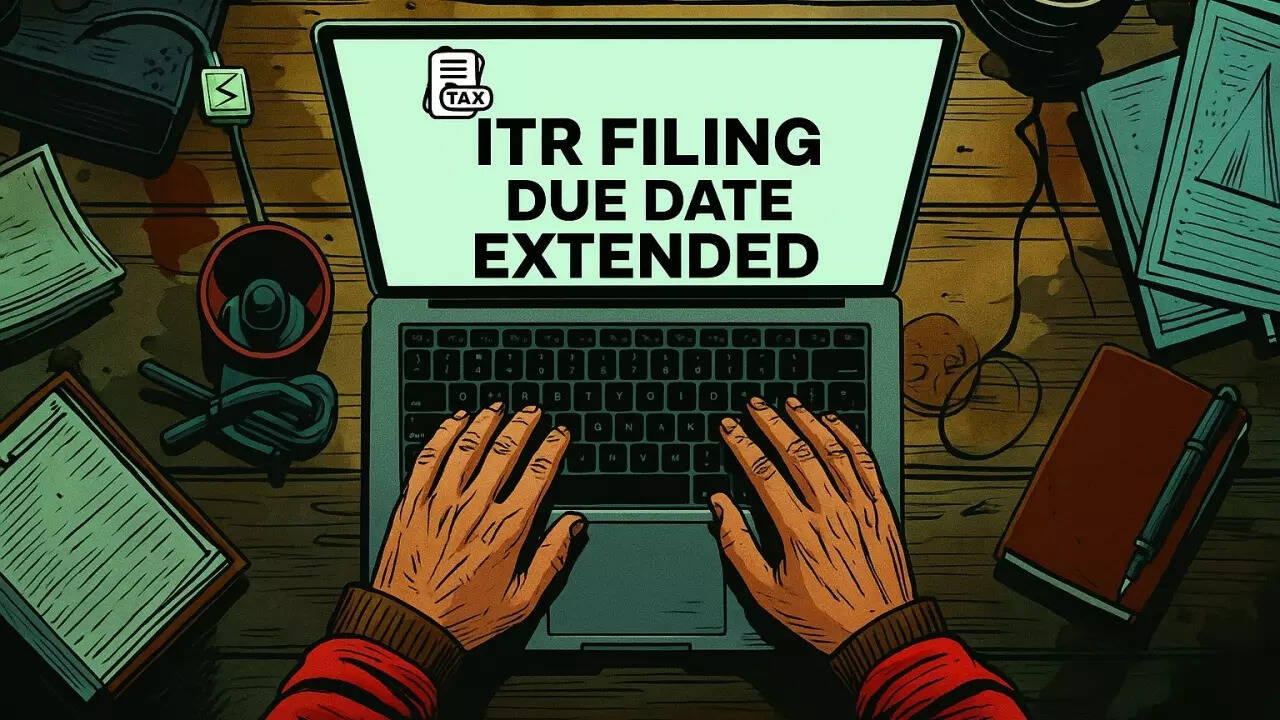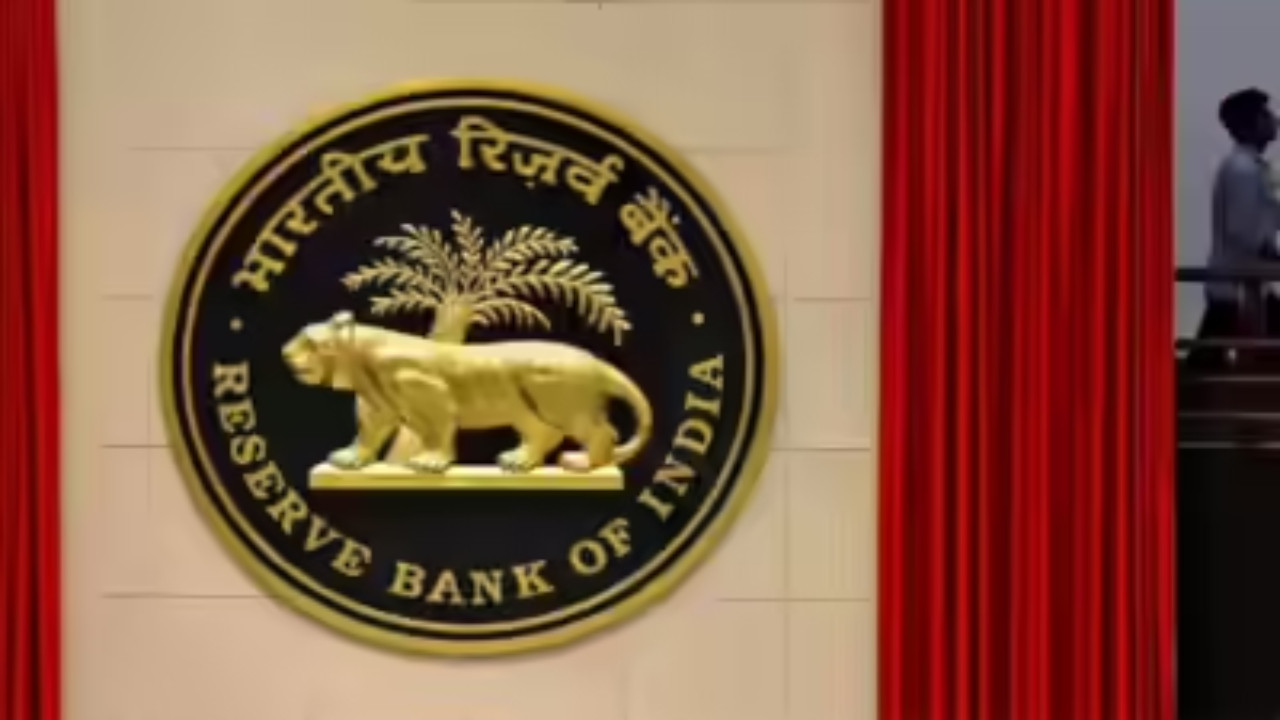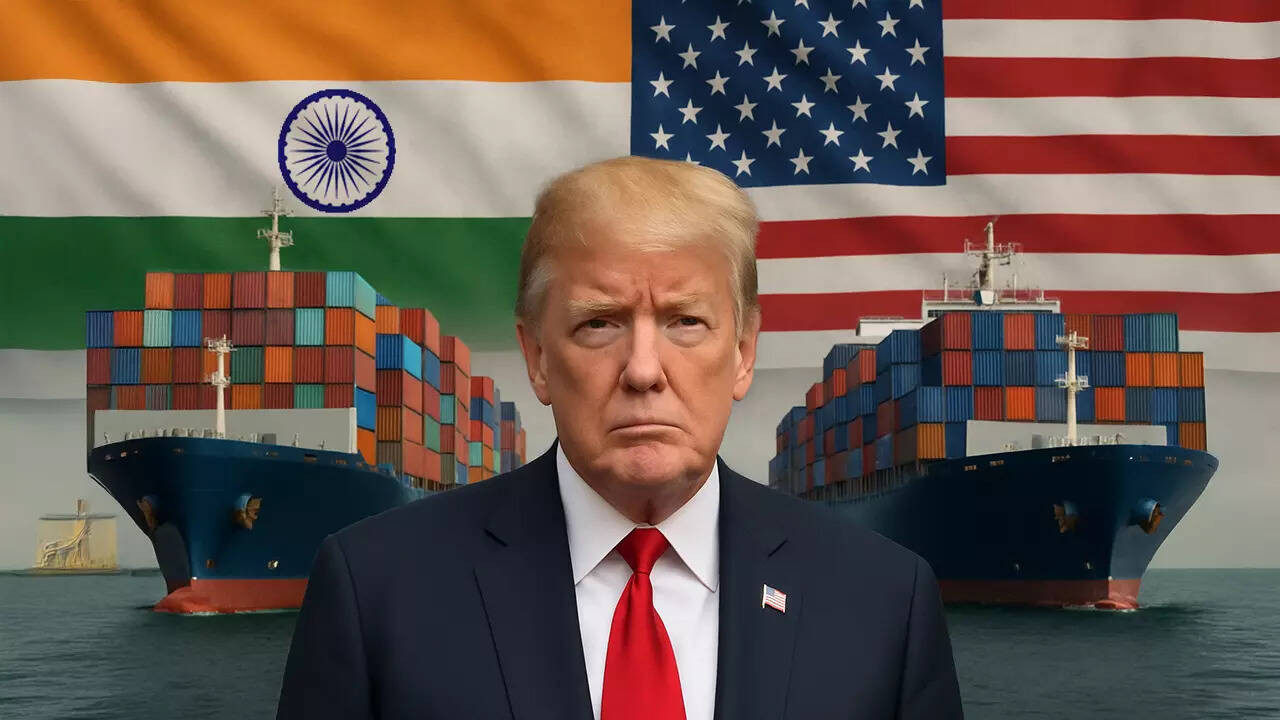With the US tariff deadline looming, an India-US trade deal appears unlikely, though a last-minute breakthrough remains possible. Trump has hinted at tariffs of 20-25% on Indian goods, while India anticipates these as a temporary measure during ongoing negotiations. Sticking points include agriculture and dairy sectors, with the US seeking greater market access.
Is a Trade Storm Brewing Between India and the US?
The air crackles with anticipation – and maybe a little bit of tension. The dance between India and the United States on the world trade stage is about to take another turn, and the music might be getting a little louder. Recent rumblings suggest that India could face renewed tariff pressures from the US, potentially as soon as August 1st. But what’s really going on, and how might this impact businesses and consumers on both sides of the globe?
For years, trade relations between these two economic giants have been a carefully choreographed routine of negotiation, compromise, and the occasional stumble. There have been periods of smooth sailing, marked by burgeoning trade volumes and strengthened partnerships. But there have also been moments of friction, often centered around issues of market access, intellectual property, and tariffs.
What Sparked This Trade Tussle?
The current potential for increased tariffs stems from a few key points. Washington is revisiting India’s designation as a “developing country” which currently allows preferential trade treatment under the Generalized System of Preferences (GSP). The argument centers around India’s economic growth, which some argue has matured beyond the need for such preferences. Removing or altering India’s GSP status could trigger a cascade of changes, including the imposition of higher tariffs on Indian goods entering the US market.
It’s a complex situation with many nuances. On one hand, the US seeks fair and reciprocal trade practices, arguing that its businesses should have the same access to the Indian market as Indian businesses have to the US market. On the other hand, India emphasizes its ongoing development needs and the importance of maintaining a level playing field, particularly for its small and medium-sized enterprises (SMEs).
Potential Fallout of Increased Tariffs
So, what happens if the US decides to move forward with these tariff hikes? The immediate impact would likely be felt by Indian exporters, who could find their goods becoming more expensive and therefore less competitive in the US market. Sectors like textiles, agricultural products, and certain manufactured goods could be particularly vulnerable.

But the repercussions wouldn’t stop there. Increased tariffs could also lead to higher prices for American consumers, who rely on a range of Indian-made products. Companies that depend on Indian suppliers could also face increased costs, potentially disrupting supply chains and impacting overall economic growth. It’s a delicate balancing act. The decision to impose tariffs isn’t just about economics; it’s about geopolitics, strategic alliances, and the long-term vision for the relationship between these two major players.
Navigating the Uncertain Waters of the India US Trade Deal
What’s next? Diplomacy will undoubtedly play a crucial role in determining the outcome of this situation. Negotiations between the two countries are ongoing, with both sides seeking to find common ground and avoid a full-blown trade war.
The path forward may involve India offering concessions on market access, streamlining regulations, or strengthening intellectual property protection. The US, in turn, might consider a phased approach to tariff adjustments, allowing Indian businesses time to adapt to the changing landscape. It is also a great opportunity to visit this helpful article about understanding Free Trade Agreements.
What’s at Stake in the India US Trade Deal?
The stakes are high. The India-US trade relationship is a vital artery for global commerce, supporting countless jobs and contributing significantly to economic growth in both countries. A disruption to this relationship could have far-reaching consequences, not just for businesses and consumers in India and the US, but for the global economy as a whole.
For Indian businesses, this situation serves as a wake-up call to diversify their export markets, strengthen their competitiveness, and explore new opportunities for innovation. For US businesses, it highlights the importance of building resilient supply chains and fostering strong relationships with international partners.
Ultimately, the future of India-US trade relations hinges on the willingness of both sides to engage in constructive dialogue, find mutually beneficial solutions, and recognize the long-term value of a strong and stable partnership. It’s a complex challenge, but one that can be overcome through open communication, a spirit of compromise, and a shared commitment to a prosperous future.
